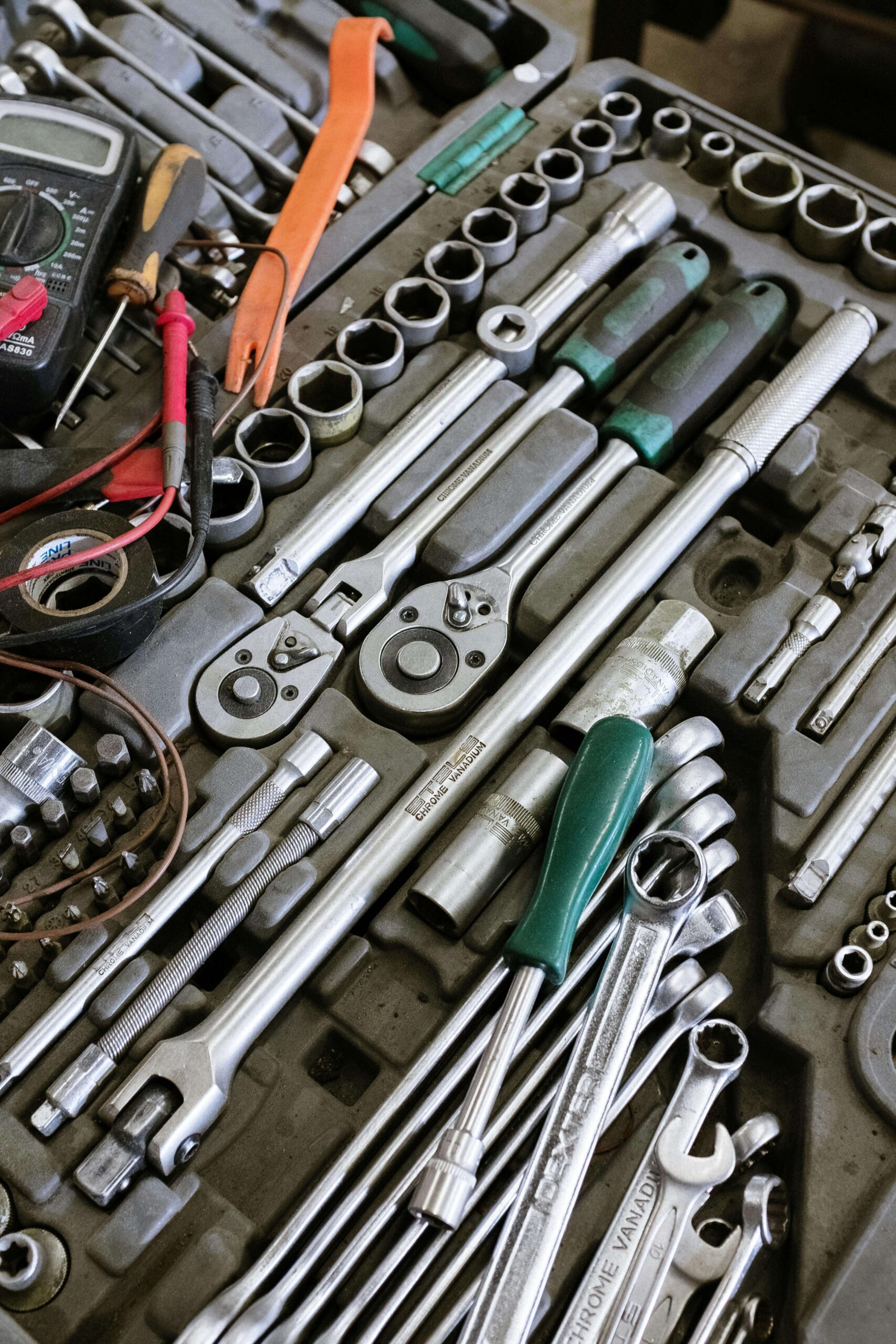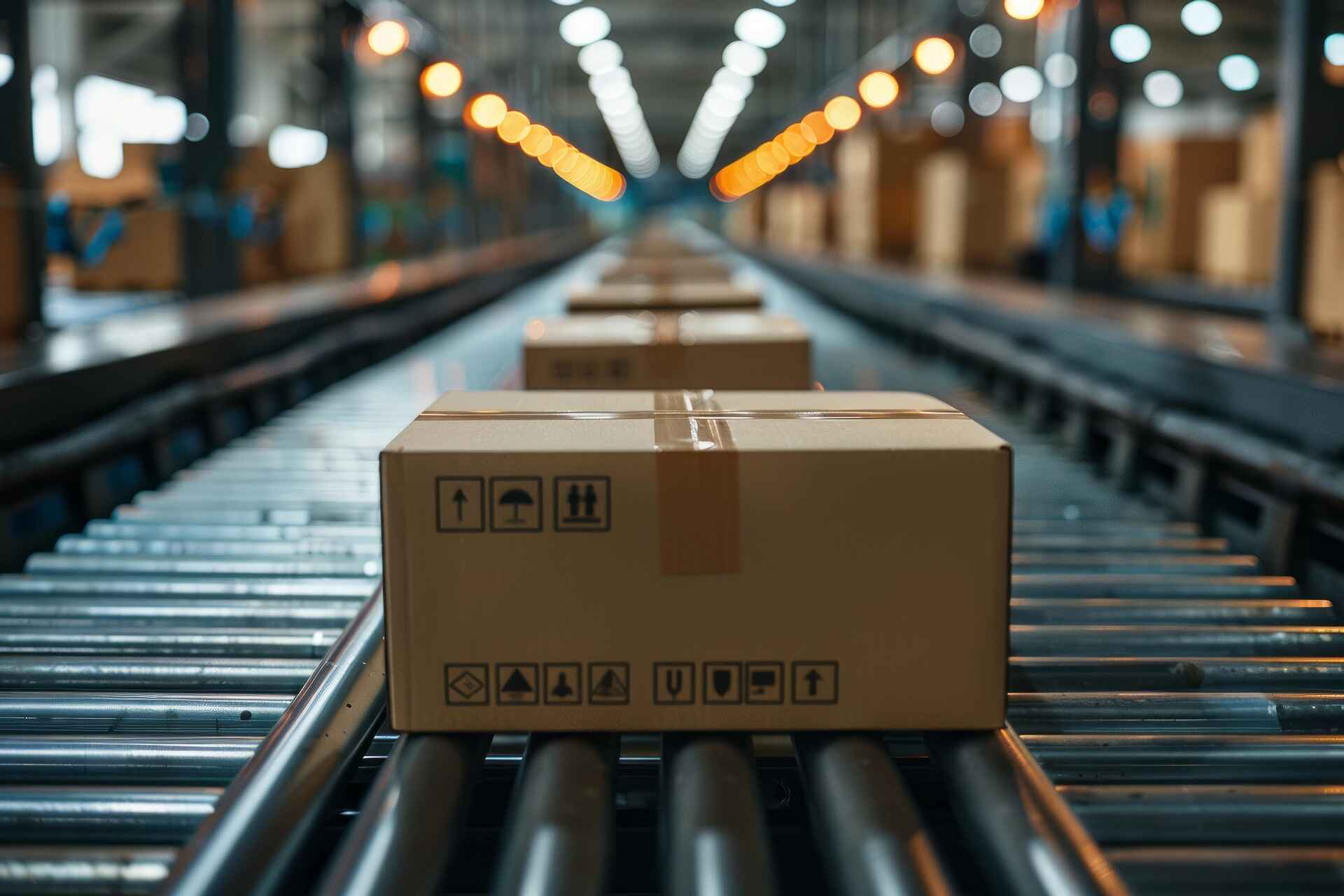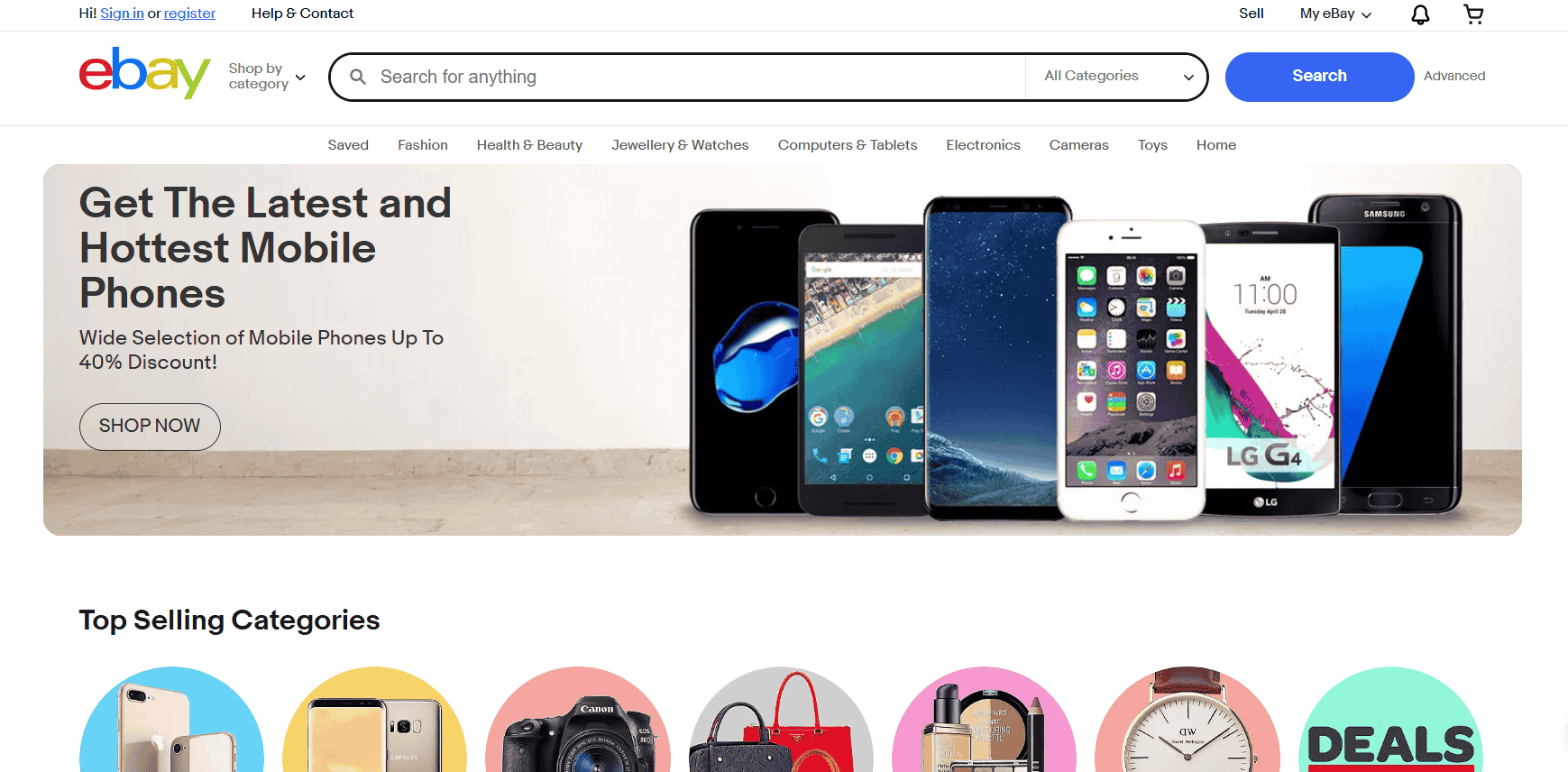Running an online business today means navigating a hyper-competitive landscape where trends change overnight and customer expectations keep climbing.
If you want to stay ahead, your ecommerce system can’t be rigid, slow, or limited. You need something flexible enough to evolve with your brand. That’s where headless commerce comes in.
Headless commerce is an approach to ecommerce architecture that separates your website’s front end (what the customer sees) from the back end (where all the functionality happens). Think of it like separating the body from the brain, both operate independently but communicate constantly.
This structure gives you the freedom to redesign your storefront, add new experiences, and connect with multiple channels without messing with your backend systems. It’s the kind of setup that lets brands move fast without breaking things.
-
Headless commerce separates your front end from the back end, giving you full control over design and user experience across all channels.
-
It helps you build faster, more personalized, and more scalable ecommerce sites that adapt easily to growth and changing technology.
-
Unlike traditional ecommerce, headless platforms let you choose best-in-class tools for every part of your stack—from CMS to checkout.
-
Businesses with skilled developers and multi-channel needs benefit most from the flexibility and future-proofing headless commerce offers.
-
Though it requires more setup and tech expertise, headless commerce empowers long-term success through agility, performance, and customization.
I’ve worked with clients who came to me with gorgeous storefronts—clean, trendy, and brand-aligned—but under the hood, things were a mess. Pages took forever to load, product updates were painful, and everything crashed the moment they launched a promo.
After shifting to a headless commerce setup, their teams could roll out content faster, deliver a smoother experience across mobile and desktop, and convert more traffic into actual buyers.
For one fashion brand, mobile load times dropped by over 40%, and their bounce rate plummeted in just weeks. That shift didn’t happen by luck. It happened because the architecture finally supported the ambition.
If your business depends on first impressions, fast experiences, and flexibility, it’s worth looking under the hood. Because how your store is built affects how far it can go.
Understanding Headless Commerce
In a traditional ecommerce platform like WooCommerce or Magento 1, everything, from product listings to checkout, is tightly connected to the same system. It’s convenient at first, but that setup can quickly turn into a bottleneck when your business starts to grow.
Any design change, performance tweak, or new sales channel often means touching the entire structure. And that’s where things slow down or break. With headless ecommerce, you’re breaking those chains and giving each layer the freedom to do what it does best.
The backend stays in charge of the heavy lifting: processing orders, storing inventory data, handling customer logins, managing payments, and keeping things secure. But the front end? That’s entirely up to you.
You can build a lightning-fast website with React, a sleek mobile app that runs independently, an in-store digital kiosk, or even a smart mirror that syncs with your product catalog. One of my clients even used headless architecture to power their Instagram checkout experience directly—no extra workaround needed.
These layers talk to each other through APIs (Application Programming Interfaces). It’s like giving them a common language to sync data and actions, even if they’re built on completely different technologies.
So when you update your inventory or run a flash sale, the changes flow through automatically, without wrecking your storefront design or forcing your dev team into late-night fixes.
The beauty of this structure is the freedom to build your stack your way. You can use a flexible CMS like Contentful for content, a polished Vue front end for visual experience, and a reliable backend engine like Shopify Plus or BigCommerce for all ecommerce operations.
It’s not just more modern. It’s smarter. And once you’ve seen how quickly you can test ideas, launch updates, and personalize the customer experience, going back to traditional platforms feels like trying to run in tight jeans.
Traditional Ecommerce vs Headless Commerce
If you’re comparing traditional ecommerce vs headless commerce, here’s what you need to know: traditional platforms are easier to launch but harder to scale. Headless platforms take more setup but unlock advanced potential.
And in today’s ecommerce world, that extra potential can be the difference between surviving and leading.
Feature Traditional Ecommerce Headless Commerce
Flexibility Limited to built-in tools Unlimited customization
Speed Can lag under load Optimized for performance
Omnichannel support Often restricted Built for multiple channels
Time to deploy changes Slower Faster, more agile
Developer freedom Constrained Full front-end control
With traditional ecommerce, you’re basically working within a walled garden. You can tweak some colors, maybe change the layout, install plugins, but there’s a ceiling. And once you hit that ceiling, you’ll start feeling boxed in.
One of my clients had a fast-growing store on a traditional platform and couldn’t get the custom product configurator they needed without breaking the site. When they switched to headless commerce, we built it from scratch and integrated it with their backend, and their average order value went up within a month.
The flexibility of headless commerce means you’re no longer bound by templates or clunky interfaces. You’re free to design immersive, high-performing experiences that align with your brand vision, not someone else’s framework.
If you want your store to look like Netflix and function like Amazon, you can make that happen. And the best part? You won’t have to sacrifice speed, stability, or backend reliability to get there.
For businesses aiming to grow, experiment, and create personalized customer journeys, headless is where the real control lives. It’s like upgrading from a prefab house to an architect-designed home—you get exactly what you need, built for how you live and grow.

Key Benefits of Headless Commerce
Let’s break down why headless commerce is becoming the go-to strategy for ambitious brands—and why it’s more than just a tech upgrade.
- Omnichannel selling made simple. Customers shop everywhere now—on phones, laptops, smartwatches, voice assistants, even in connected cars. With headless architecture, you can serve all of these channels using the same backend. You’re not rebuilding your site five times. You’re managing one source of truth that feeds every experience. I’ve had clients launch mobile apps, website revamps, and even interactive in-store displays—all powered by the same headless setup.
- Faster page load times. Headless systems let you build custom, lightweight front ends that load faster and respond quicker. One client of mine saw their average load time drop from 4.8 seconds to under 2 seconds after going headless. Their bounce rate dipped. Their revenue climbed. And their customers stayed longer.
- More personalized shopping experiences. With headless commerce, you can create tailored experiences that respond to each shopper’s behavior, device, or history. Show a loyalty discount to repeat buyers. Feature trending items by location. Serve product pages in different layouts depending on the device. You’re not waiting on backend updates or CMS limitations—you’re actively building smarter shopping paths.
- Choose best-in-class tools. With traditional platforms, you’re often locked into one ecosystem. But headless commerce lets you build your own stack. Want Contentful for content, Stripe for payments, Algolia for search, and Klaviyo for email? You can plug them all in and make them work together smoothly. You’re no longer forced to compromise on quality just to stay compatible.
- Scalability and future readiness. As your store grows, your tech should keep up—not hold you back. With headless, you can scale individual parts of your system without tearing everything down. Need to upgrade your checkout flow? Replace it without touching your product catalog. Want to launch a new sales channel? Plug it in without rewiring the whole backend. That kind of flexibility saves time, protects uptime, and keeps you ready for whatever comes next.
For brands that want control, speed, and creative freedom, headless commerce isn’t just a nice-to-have. It’s the smart way forward.
Challenges You Should Know
Headless commerce isn’t plug-and-play. It’s powerful, but it takes technical muscle to get it right. You’ll need developers who are comfortable working with APIs, modern front-end frameworks like React or Vue, and tools that stitch everything together behind the scenes.
This isn’t something you can fully build on a drag-and-drop interface. You’re building an ecosystem, and ecosystems take planning.
For some of my smaller clients, the upfront investment in development hours and third-party services was a real hurdle. They weren’t just paying for a new look; they were investing in a flexible foundation. And that comes with costs, not just financial, but also in time, training, and workflow changes.
If you’re used to managing content and promotions in one all-in-one dashboard, moving to a headless commerce setup means adjusting to a new rhythm. Your marketing team might need to work with multiple platforms instead of one, and that shift can take some getting used to.
You’ll also need to think about security in a more layered way. Since you’re connecting different systems—CMS, cart, search, payment gateway—each one needs to be secure and properly integrated. That means keeping APIs updated, monitoring for vulnerabilities, and ensuring your tech stack communicates without friction.
Still, the clients who committed early saw the payoff. One client in the skincare space went from delayed promo launches to deploying seasonal campaigns in hours instead of days. Another improved their cart recovery rate by syncing data more cleanly with email and SMS tools.
Loyalty programs became more dynamic because they could tap into live data, not rely on weekly syncs. Once you get past the learning curve, headless commerce gives you the speed and control to move with purpose.
Top Headless Commerce Platforms in 2025
Looking for the best headless commerce platforms this year? There are plenty of options, but a few names continue to lead the pack when it comes to performance, flexibility, and long-term scalability.
I’ve either used these platforms directly with clients or seen them perform up close, and each one has its own strengths depending on where you are in your ecommerce journey.
1. Shopify Plus with Hydrogen: If you already love Shopify’s backend but want total design control and lightning-fast front ends, Hydrogen is a smart move. It’s built with React, giving your developers the freedom to create highly customized storefronts while still tapping into Shopify’s robust checkout, inventory, and order systems. I’ve seen brands cut page load times nearly in half after switching to Hydrogen, and the developer experience is surprisingly smooth.
2. BigCommerce: One of the most accessible platforms for mid-sized and growing brands, BigCommerce offers native headless APIs and integrates easily with CMS tools like WordPress and Contentful. It’s a strong choice if you want to keep your backend clean and your content dynamic. One of my clients used BigCommerce to launch a multi-language site and push content updates across regions in real time—without bloating the tech stack.
3. Adobe Commerce (Magento 2): If your business needs full customization and has the dev muscle to handle it, Adobe Commerce is still a powerhouse. It’s API-first, supports multiple storefronts, and is built to scale globally. This is the platform I recommend to clients in industries with highly complex product data or pricing logic. It takes more time to implement, but the level of control is unmatched.
4. Commercetools: This is a top-tier enterprise-level platform that was built for composable commerce from the start. It’s ideal if you want to build your ecommerce experience from individual components. Think microservices for checkout, cart, search, and more. If you’re planning international expansion, advanced personalization, or want to experiment with edge technologies like voice commerce or IoT, Commercetools gives you that room to innovate.
5. Salesforce Commerce Cloud: Known for its strength in personalization and CRM integration, Salesforce Commerce Cloud is built for brands that care deeply about customer journeys. It’s packed with tools to help you fine-tune marketing, loyalty programs, and behavior-based triggers across devices. I’ve worked with a client who used it to link ecommerce behavior with in-store engagement data, and their campaign performance doubled almost overnight.
6. Contentful + Snipcart: Perfect for content-heavy brands that sell lighter product catalogs—think digital goods, media, or niche fashion lines. You get a sleek CMS (Contentful) that your marketing team will actually enjoy using, plus Snipcart to manage checkout and cart functionality with minimal setup. This combo works well for fast-moving teams who want to launch pages and test offers quickly without depending entirely on developers.
The choice depends on your business size, developer resources, and how complex your customer journey is. If you’re a lean team with limited tech support, Shopify Plus or BigCommerce will keep things moving.
If you’re building something sophisticated and scalable with lots of moving parts, platforms like Commercetools or Adobe Commerce are built for that level of control. Either way, the right headless commerce stack gives you the tools to grow on your own terms.

Composable Commerce: The Natural Progression
Composable commerce takes headless one step further. It’s like building your ecommerce setup with LEGO bricks instead of a pre-glued model.
Instead of relying on one platform to do everything, you piece together individual microservices: one for cart, one for payments, one for inventory, one for product recommendations—and you choose the best tool for each job.
This modular approach is known as MACH architecture: Microservices, API-first, Cloud-native, and Headless.
For large businesses, this means total flexibility without risking system-wide meltdowns. You can swap out your search tool without touching your checkout.
You can upgrade your loyalty engine without breaking the entire site. This kind of independence between services is what gives composable commerce its power.
I’ve worked with enterprise clients who were drowning in outdated, monolithic systems. Every update felt like a gamble, and every integration took longer than it should.
After moving to a composable commerce setup, they didn’t just gain speed. They regained confidence. One client in the tech accessory space was able to trial a new payment gateway in one region while keeping the rest of their stack untouched.
That would’ve been unthinkable before. With composable, they moved faster, tested smarter, and deployed without holding their breath.
When you’re dealing with complex customer journeys, global operations, or rapid product rollouts, composable architecture helps you stay agile. You build what you need, scale what’s working, and replace what isn’t, without having to rebuild everything from scratch.
How to Know If Headless Commerce Is Right for You
There’s no one-size-fits-all answer here, but if you’re serious about growth, flexibility, and staying competitive, it’s worth taking a closer look. Start by asking yourself a few key questions:
- Do you sell across multiple channels (mobile, marketplaces, social media)? If you’re juggling storefronts, a mobile app, a Facebook Shop, and listings on Amazon or TikTok Shop, you need a system that can support all of that without glitching. Headless commerce makes it easier to manage these touchpoints from one backend, so you’re not copying and pasting content across platforms or struggling with inconsistent data.
- Do you want a truly unique customer experience that can’t be built with templates? If you’ve ever tried to bend a drag-and-drop theme into something original and gave up halfway, you already know the pain. Headless lets you control every detail—from layout and animations to how products are displayed on different devices. I had a client who wanted an interactive, story-driven product page with scroll-triggered animations and embedded video. It wasn’t possible on their old platform. With headless, we built it from scratch, and the bounce rate on that page dropped by 38%.
- Are your developers skilled with modern frameworks like React, Vue, or Next.js? Headless architecture works best when you’ve got devs who know how to build fast, modular front ends. If your team already uses these tools—or is excited to learn them—then you’ve got a major head start. These frameworks open the door to high-performance storefronts and creative interfaces that make you stand out.
- Are you planning to scale fast and need a system that can grow with you? Growth is great, but it puts stress on your tech. If you’re launching new products regularly, running flash sales, entering new markets, or adding new fulfillment partners, you’ll want a structure that can stretch with you. Headless commerce allows you to scale parts of your stack independently, without bringing the whole system down when it’s time to upgrade.
If you answered yes to most of these, then headless commerce deserves a serious look. You’re not just buying into a new way of building a website. You’re setting yourself up for the kind of flexibility that supports long-term growth.
Why I Recommend Headless Commerce
From what I’ve seen firsthand, headless commerce helps brands leap ahead, not by copying what everyone else is doing, but by building experiences that reflect their voice and goals.
I’ve worked with brands in fashion, tech, wellness, and even niche subscription boxes. The ones who thrived weren’t always the biggest or the flashiest. They were the ones who could adapt quickly, launch bold ideas, and meet customers where they already were.
In 2025, customer attention spans are shrinking, and their expectations are rising. You don’t get second chances. If your site is slow, clunky, or feels off-brand, visitors bounce, and most won’t come back. That’s the reality we’re working with.
Headless architecture gives you the speed and flexibility to react in real time, whether it’s updating a landing page, rolling out a flash sale, or testing a new layout on mobile.
A traditional ecommerce setup can still get you started. It’s enough if you’re launching your first few products or building your initial audience. But when you’re ready to scale, push boundaries, and compete with more established brands, you’ll need more control.

You’ll need faster load times, better integrations, and the freedom to design your customer experience from scratch. That’s where headless commerce gives you the keys.
Yes, it takes work. You’ll need to invest in the right developers, choose your stack carefully, and stay intentional about how everything connects. But in my opinion, it’s the kind of work that builds long-term success, not temporary wins.
You’re not patching things together. You’re building a solid foundation for growth, expansion, and better experiences.
If you’re ready to grow, get your backend in order, then set your front end free. The results will speak for themselves.







